Time stands still in certain corners of the world, where modern conveniences are replaced by age-old customs. These remarkable communities have preserved their cultural heritage despite the relentless march of progress, offering a fascinating glimpse into practices that have sustained people for centuries.
Here is a list of 20 historic towns where ancient traditions remain alive and vibrant, serving as living museums of cultural preservation.
Koya-san, Japan
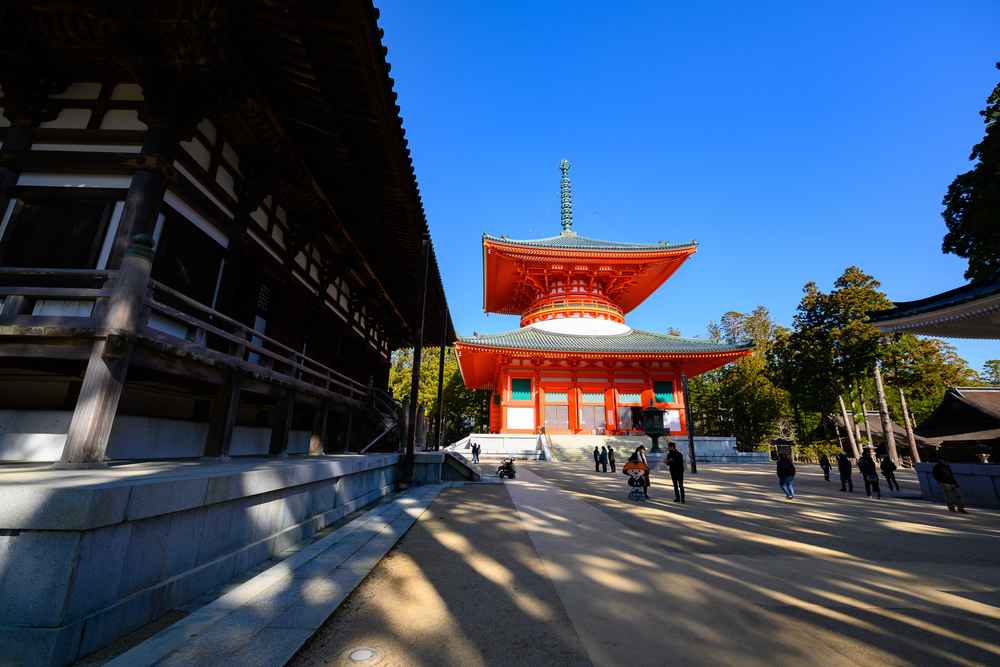
Nestled among the forested mountains of Wakayama Prefecture, Koya-san has maintained its Buddhist monastic traditions since 816 CE. Monks still perform daily rituals that have remained virtually unchanged for over a millennium, including pre-dawn meditation and elaborate fire ceremonies.
Visitors can experience this ancient lifestyle through temple stays called shukubo, complete with traditional vegetarian Buddhist cuisine prepared according to centuries-old recipes.
Varanasi, India
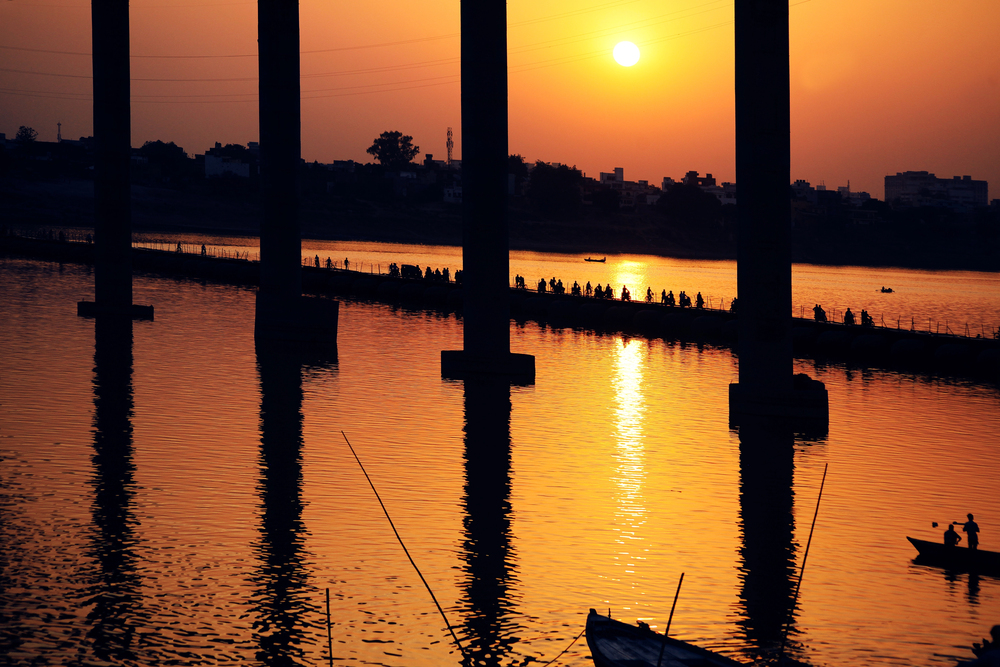
Along the sacred banks of the Ganges River, Varanasi’s morning rituals have continued uninterrupted for more than 3,000 years. Hindu priests perform the elaborate Ganga Aarti ceremony using fire, incense, flowers, and bells in precisely the same sequence as their ancestors did millennia ago.
The city’s silk weavers still create intricate Banarasi sarees using techniques and patterns passed down through generations, with each family specializing in specific designs.
Like Travel Pug’s content? Follow us on MSN.
Matera, Italy
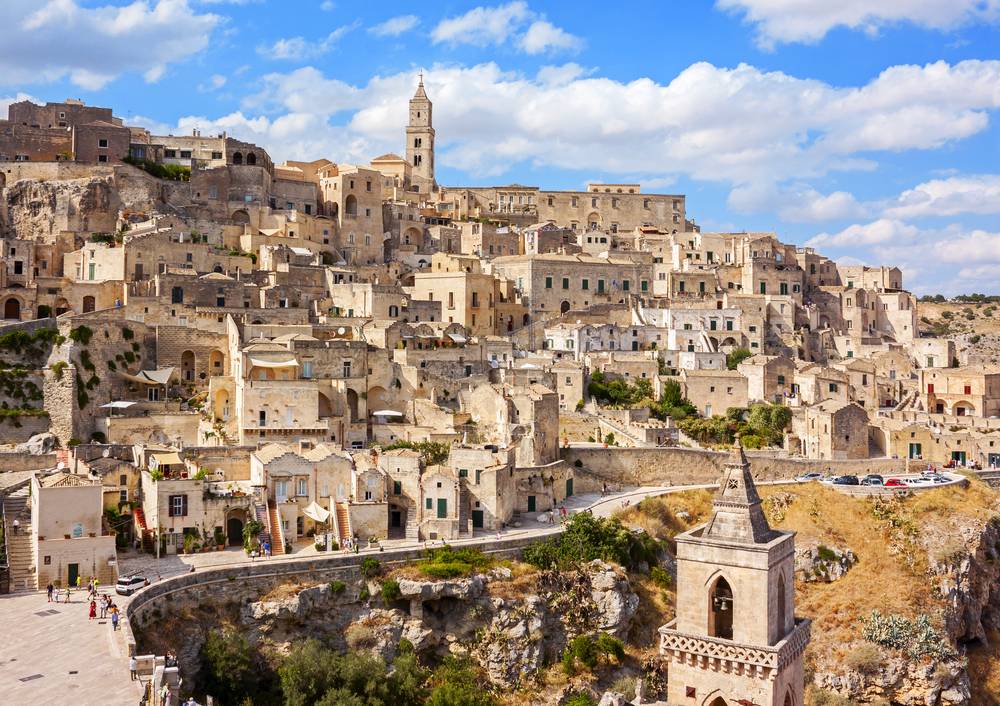
The ancient cave dwellings of Matera, known as ‘sassi,’ represent one of the oldest continuously inhabited settlements in the world, dating back to the Paleolithic period. Local artisans continue to craft traditional terra cotta whistles called ‘cucù’ using techniques unchanged since the Middle Ages.
The town’s bread-making process follows ancient methods, with community ovens still used by families who mark their loaves with unique family symbols before baking.
Fez, Morocco
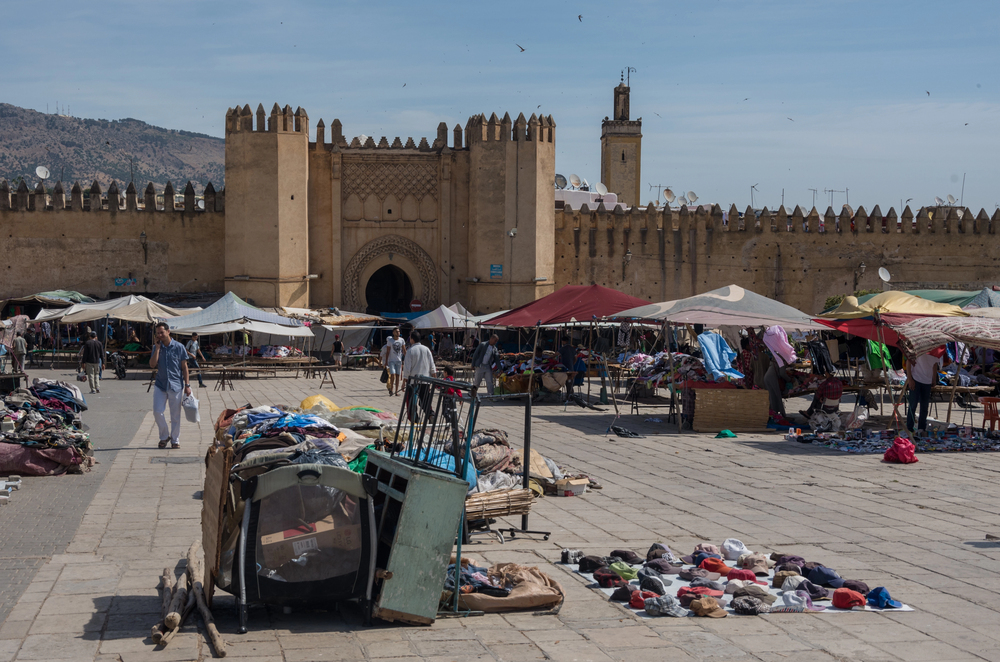
In the labyrinthine streets of Fez’s medina, artisans work in the same workshops their families have occupied for centuries. The city’s famous tanneries operate using methods established in the medieval period, with natural dyes and pigeon droppings still used in the leather-making process.
Craftspeople create intricate zellige tilework following geometric patterns developed during the 10th century. Apprentices learn through observation rather than written instruction.
Kyoto, Japan
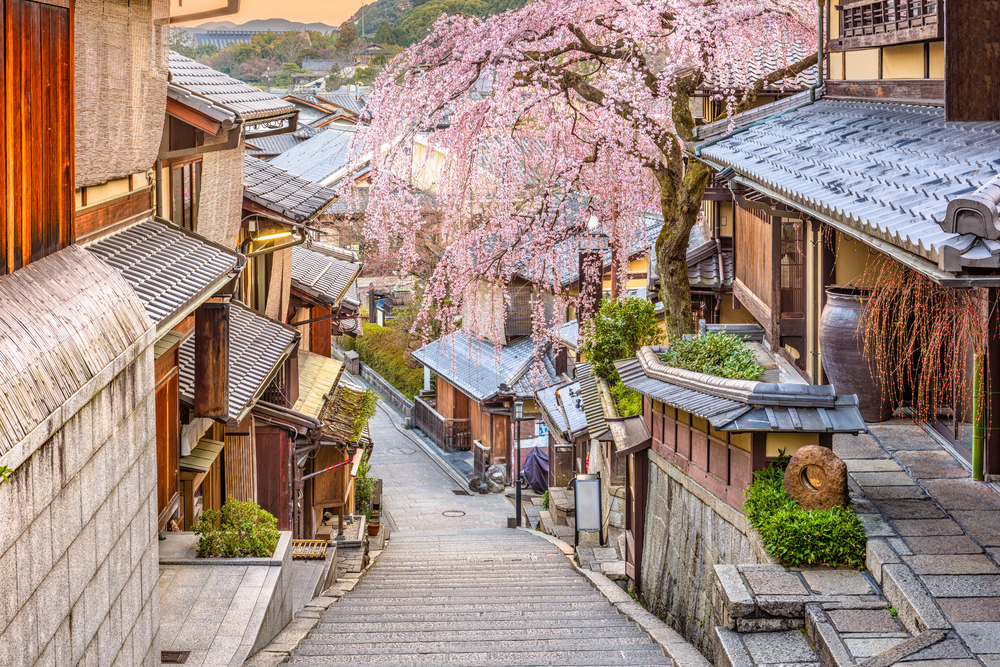
As Japan’s imperial capital for over a thousand years, Kyoto preserves numerous ancient traditions with remarkable fidelity. The geisha arts continue in districts like Gion, where apprentices spend years mastering traditional dance, music, and conversation skills.
The city’s textile artisans still practice yuzen dyeing techniques developed in the 17th century, creating vibrant kimono designs using bamboo stencils and rice-paste resist methods.
Like Travel Pug’s content? Follow us on MSN.
Luang Prabang, Laos
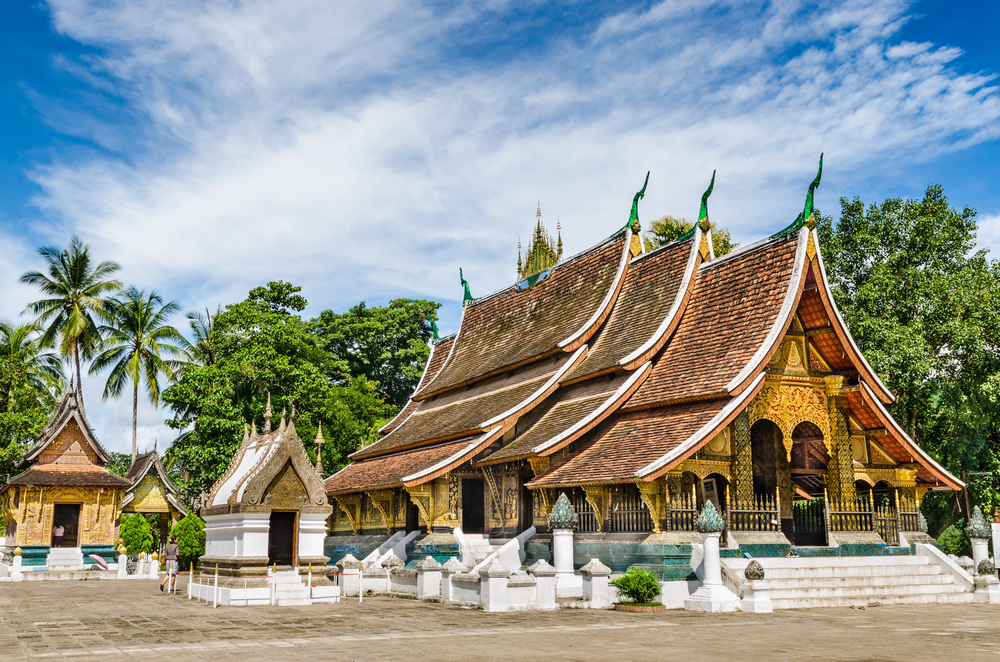
Dawn breaks in Luang Prabang with the ancient tradition of tak bat, where hundreds of saffron-robed monks walk silently through town, collecting rice alms from kneeling locals. This UNESCO World Heritage site maintains numerous Lao and Buddhist traditions, including the art of traditional storytelling through elaborate shadow puppetry.
Local artisans continue to create natural indigo dyes using fermentation techniques passed down through generations.
Sibiu, Romania
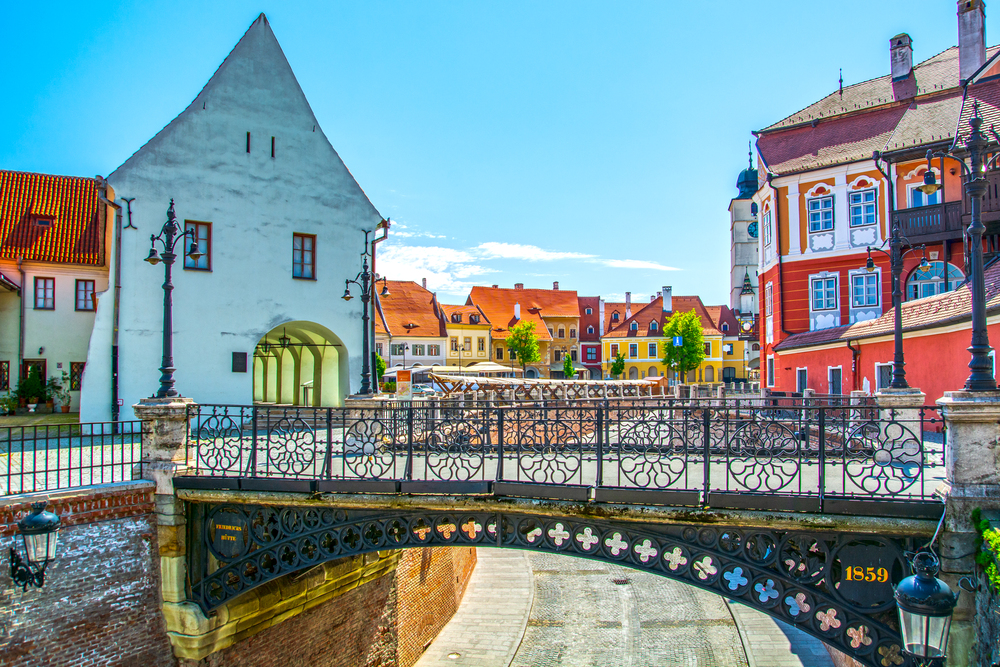
In the Transylvanian town of Sibiu, ancient Saxon traditions remain vibrant parts of daily life. The surrounding villages still practice transhumance, the seasonal movement of livestock between mountain pastures and valleys that dates back to pre-Roman times.
Local families continue brewing medicinal teas using wild herbs gathered according to the ancient lunar calendar, with specific plants collected only during certain moon phases for maximum potency.
Ollantaytambo, Peru
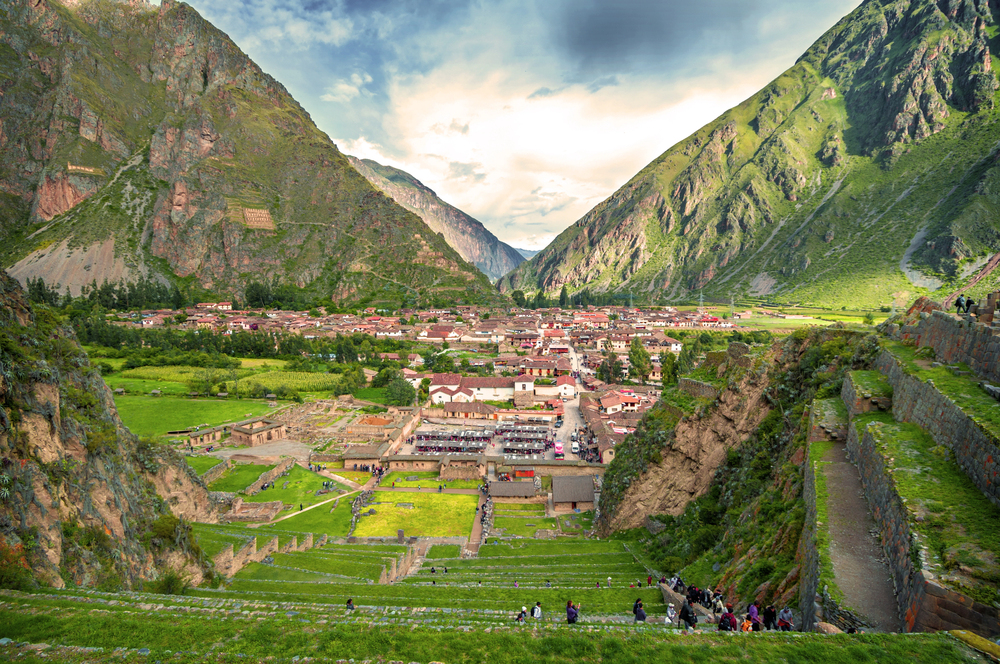
This living Inca town in Peru’s Sacred Valley follows agricultural practices established over 500 years ago. The intricate canal systems built by Inca engineers still distribute water through the town and surrounding terraced fields.
During planting and harvest seasons, farmers perform ceremonies honoring Pachamama (Mother Earth) with coca leaves and chicha corn beer offerings, following rituals virtually unchanged since pre-Columbian times.
Like Travel Pug’s content? Follow us on MSN.
Jaisalmer, India
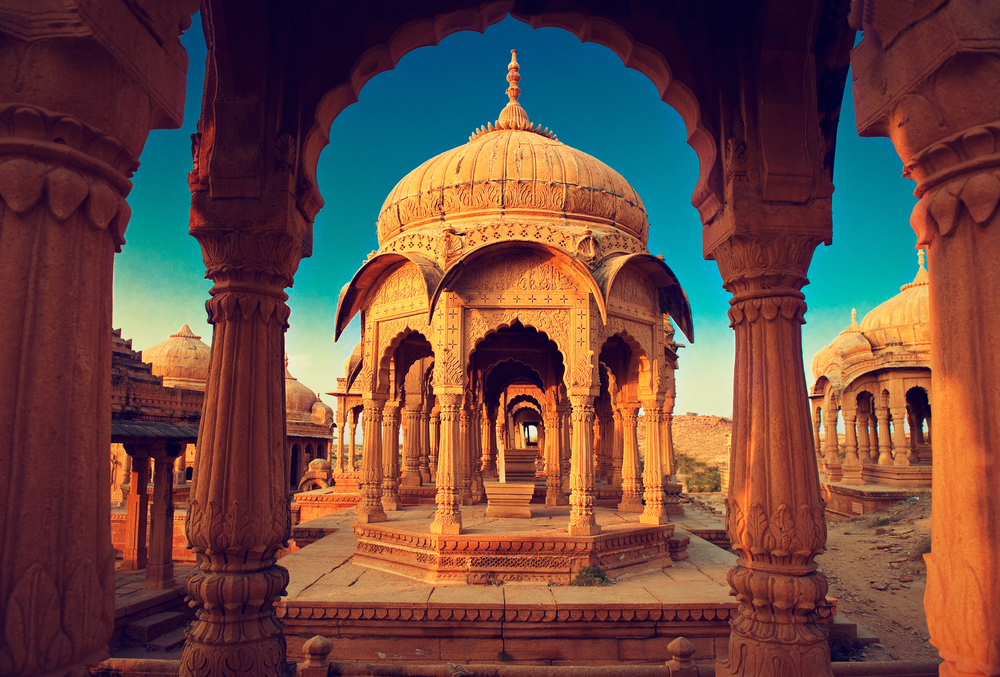
Rising from the Thar Desert like a golden mirage, Jaisalmer continues desert traditions that have developed over centuries of caravan trade. Within the living fort, families maintain the art of miniature painting using brushes made from squirrel hair and natural pigments ground from local stones and plants.
The town’s musicians preserve the bardic traditions of the Manganiyars, performing epic ballads that serve as oral histories dating back to the 12th century.
Dong Villages, China
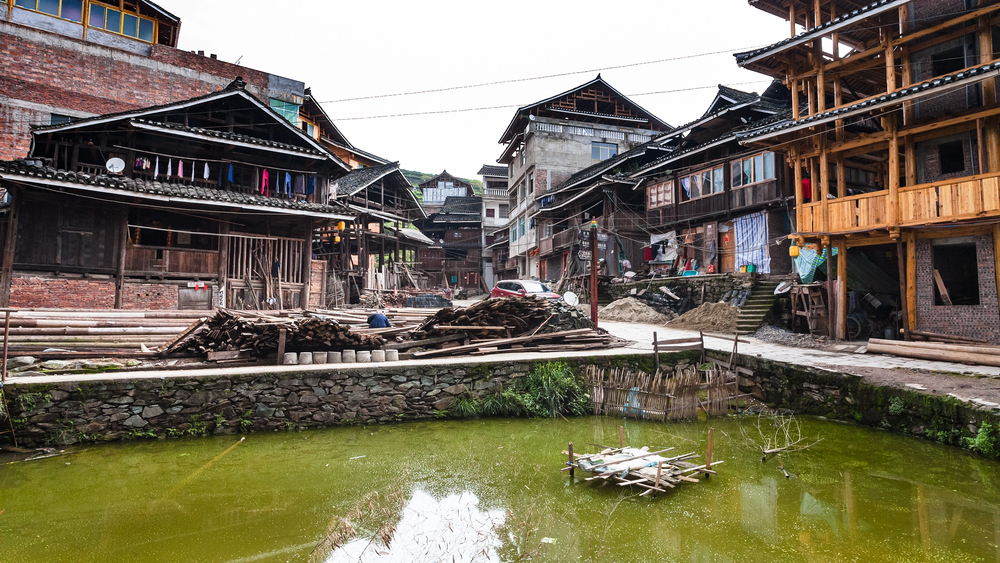
The Dong ethnic minority villages in Guizhou Province maintain cultural practices that have developed over two millennia. Master craftspeople still build spectacular wooden drum towers and wind-rain bridges without using a single nail, relying instead on ingenious joinery techniques.
The tradition of grand choirs continues, with polyphonic songs serving as the community’s oral records, as the Dong people traditionally had no written language.
Lalibela, Ethiopia
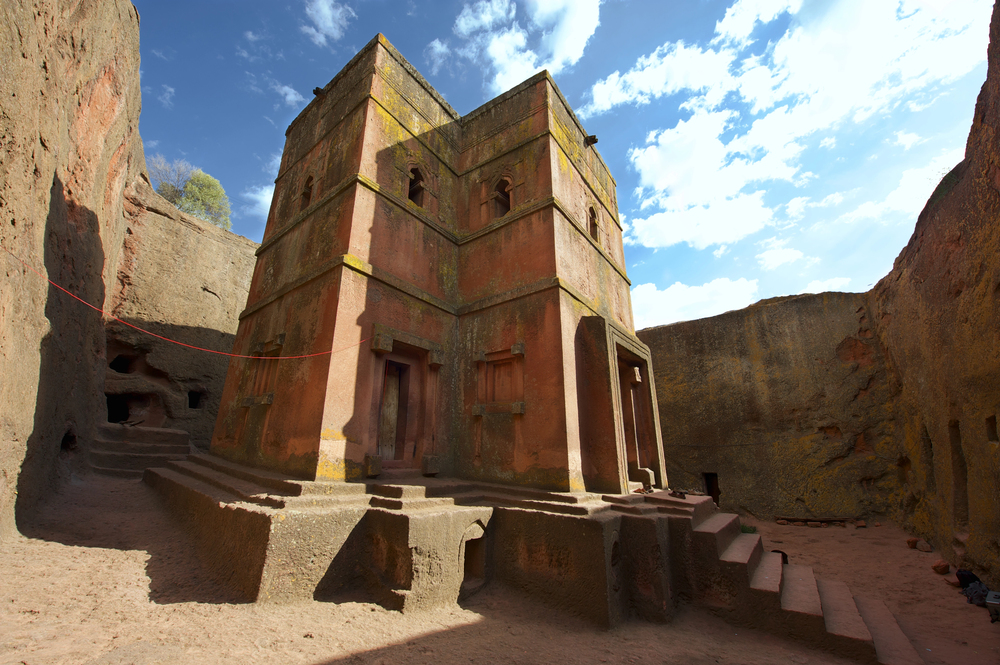
In the northern highlands of Ethiopia, Lalibela’s Orthodox Christian traditions have continued uninterrupted since the 12th century. Priests still conduct services in ancient Ge’ez, a liturgical language no longer spoken in daily life but preserved perfectly in religious ceremonies.
During religious festivals, particularly Timkat (Epiphany), the town reenacts ancient rituals with processions of elaborately embroidered umbrellas and ceremonial crosses.
Like Travel Pug’s content? Follow us on MSN.
San Basilio de Palenque, Colombia
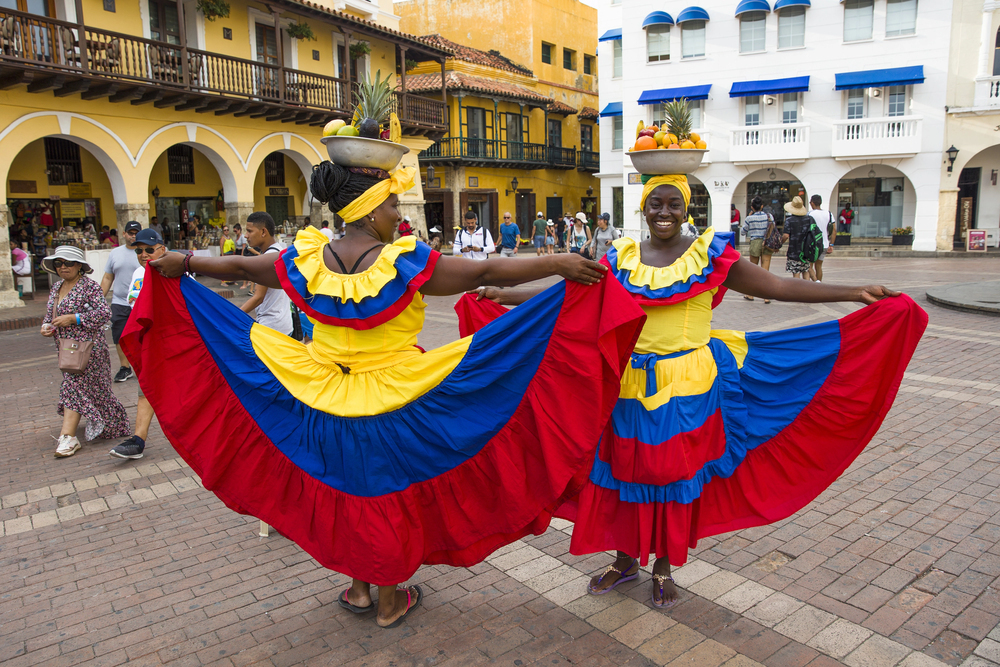
This remarkable town was founded by escaped enslaved people in the 17th century and preserves unique Afro-Colombian traditions. Residents still speak Palenquero, a Spanish-Bantu creole language found nowhere else.
The community maintains traditional healing practices combining African herbalism with local botanicals. It preserves unique funeral rituals where the deceased are honored with drum-led processions and songs in African musical styles.
Bhaktapur, Nepal
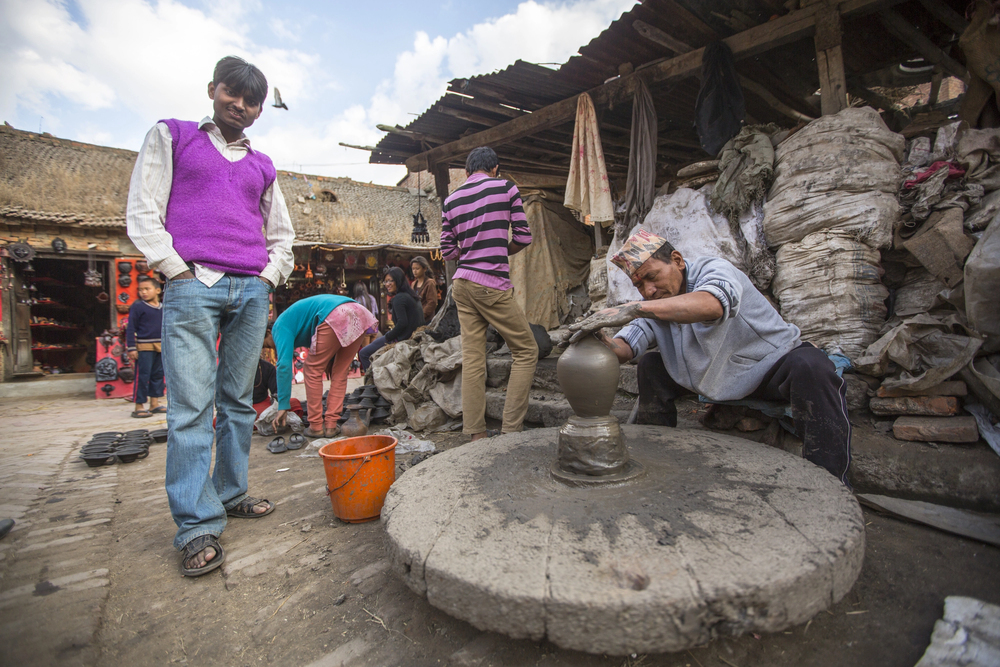
This ancient Newar town near Kathmandu continues traditions established during the Malla dynasty. Local potters still create distinctive black pottery using techniques dating back to the 12th century, firing their wares in open pits rather than kilns.
The community follows an elaborate festival calendar with over 100 celebrations annually, including the nine-day Bisket Jatra New Year festival, featuring chariot processions that follow the same routes established centuries ago.
Yazd, Iran
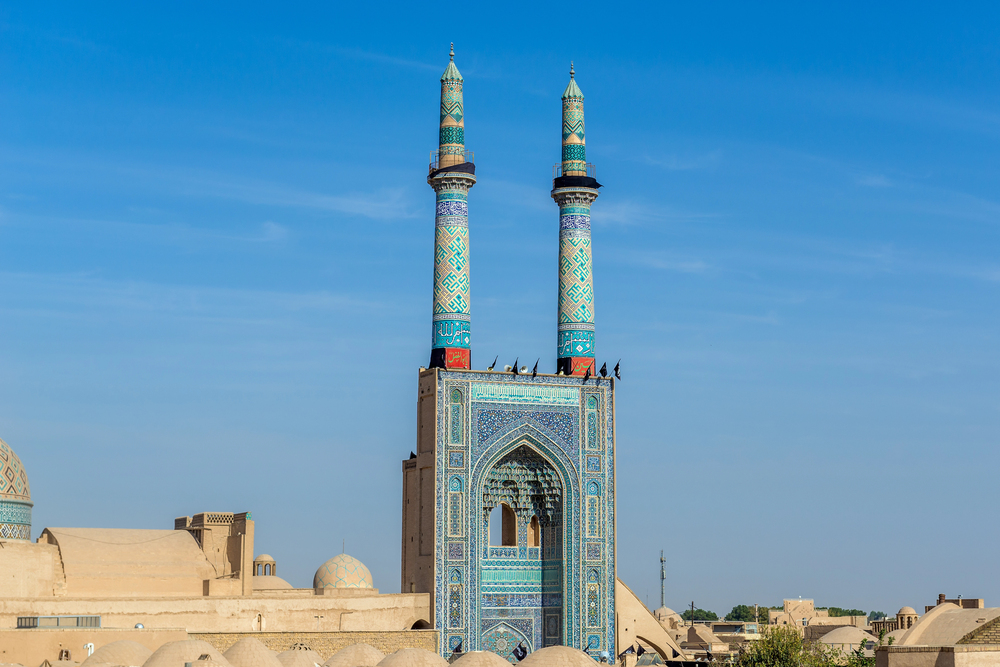
Rising from the Iranian desert, Yazd is the center of Zoroastrianism, one of the world’s oldest continuously practiced religions. The sacred fire in the main temple has supposedly burned continuously for over 1,500 years, tended by priests following ancient rituals.
The town’s distinctive badger (wind-catcher) towers provide natural cooling through ancient engineering principles, and modern residents still rely on this traditional technology rather than mechanical air conditioning.
Like Travel Pug’s content? Follow us on MSN.
Tongren, China
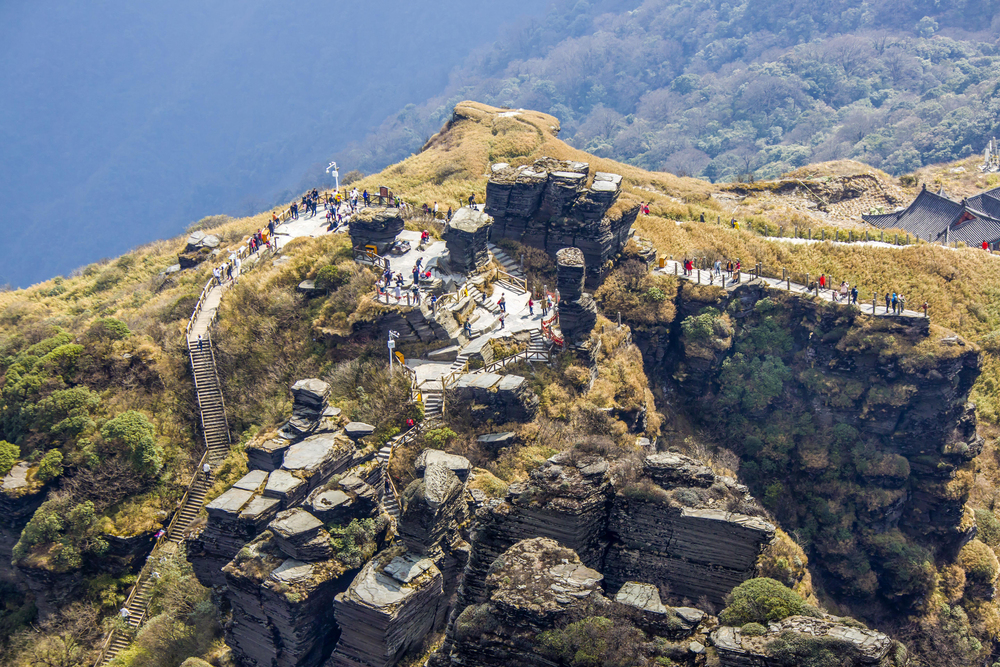
In the remote Tibetan regions of Qinghai Province, the town of Tongren maintains ancient Buddhist artistic traditions. Monks at the Longwu Monastery still create intricate thangka paintings using natural pigments and techniques passed down since the 14th century.
The annual Shaman Festival features elaborate masked dances that enact sacred stories, with performances following precise choreography preserved through oral transmission for hundreds of years.
Ise, Japan
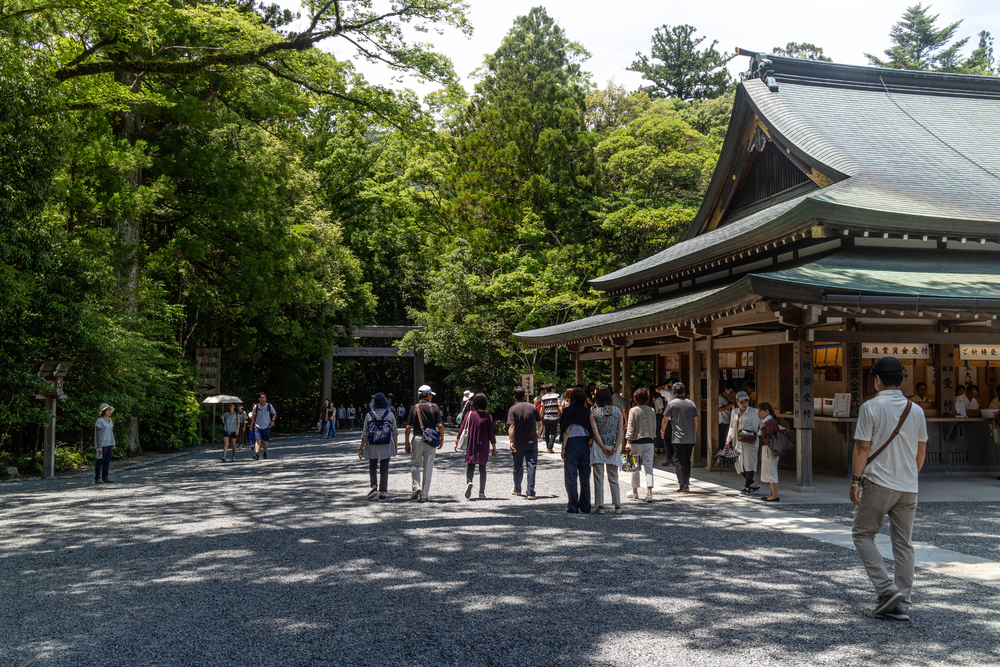
Home to Shinto’s most sacred shrine, Ise preserves religious traditions with extraordinary care. The town follows the ancient practice of rebuilding the Grand Shrine every 20 years exactly as before, using techniques from the 7th century and special cypress wood grown specifically for this purpose.
Local craftspeople continue making traditional foods like akafuku mochi (red bean rice cake) using methods unchanged for over 300 years.
Tzintzuntzan, Mexico
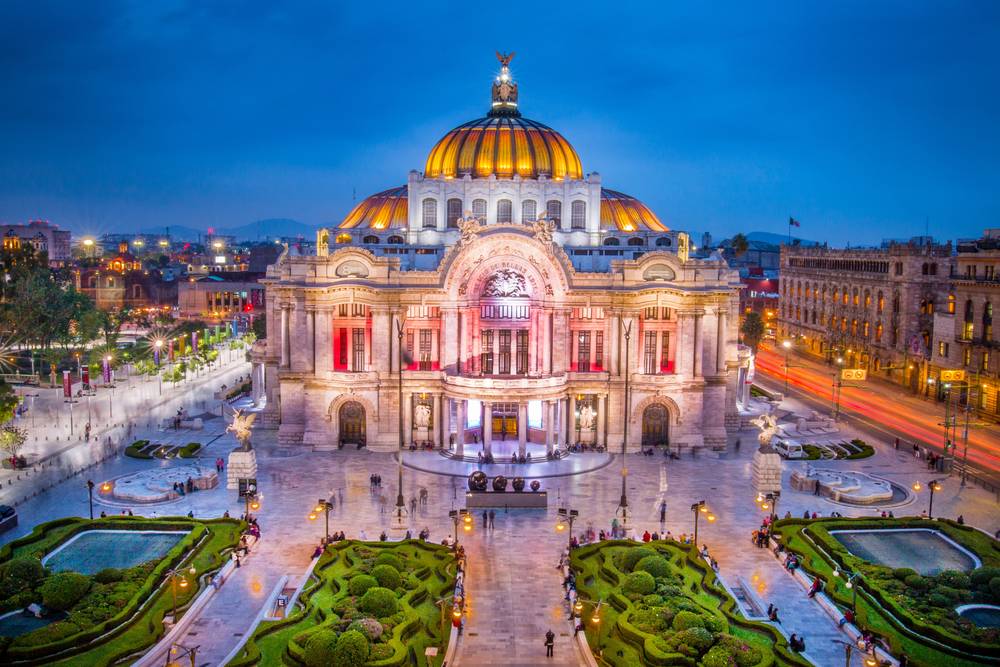
In this Purépecha community near Lake Pátzcuaro, pre-Hispanic traditions blend with colonial-era Catholic practices in unique cultural expressions. During the Night of the Dead celebrations, families still paddle illuminated canoes to the island cemetery, following the ancient Purépecha customs of communing with ancestors.
The town’s potters create distinctive green-glazed ceramics using techniques dating to the 16th century, with designs reflecting both indigenous and Spanish influences.
Røros, Norway

This former copper mining town in central Norway maintains distinctive traditions shaped by its harsh sub-Arctic environment. Local families still practice traditional reindeer herding following Sámi techniques, moving animals between seasonal grazing grounds as their ancestors have done for centuries.
The town preserves unique food preservation methods, including air-drying meats and fermenting dairy products, which allowed survival through long winter months before refrigeration.
Like Travel Pug’s content? Follow us on MSN.
Khiva, Uzbekistan
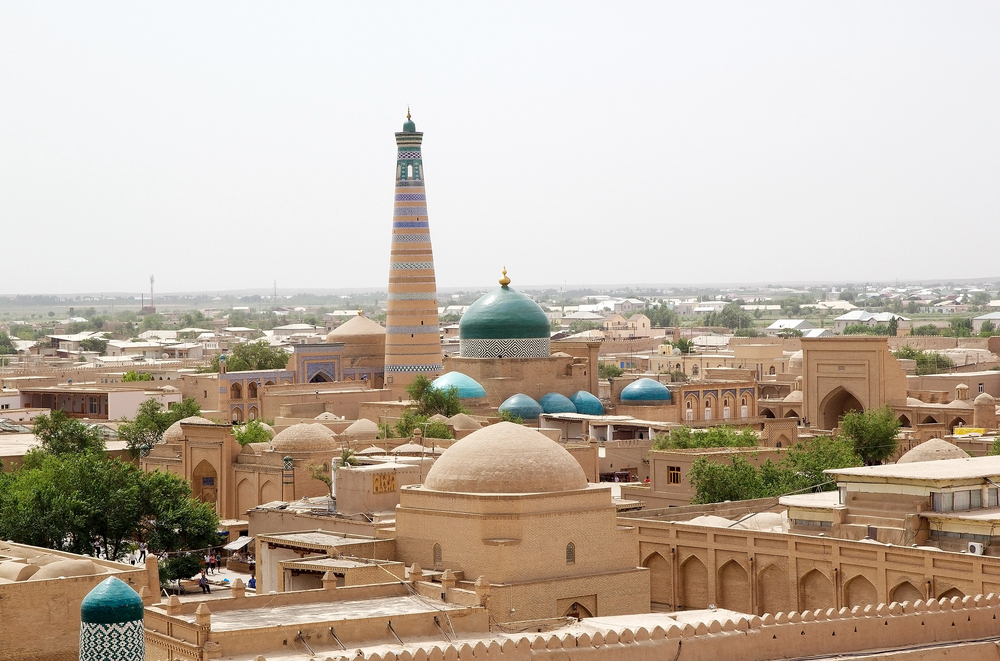
Within the massive mud-brick walls of Khiva’s inner city, master craftspeople continue artistic traditions established along the Silk Road. Woodcarvers create intricate jali screens and doors using techniques unchanged since medieval times.
Apprentices train for decades to master the complex geometric patterns. The town also maintains traditional silk ikat weaving, with distinctive patterns representing specific family lineages passed down through generations.
Shaxi, China
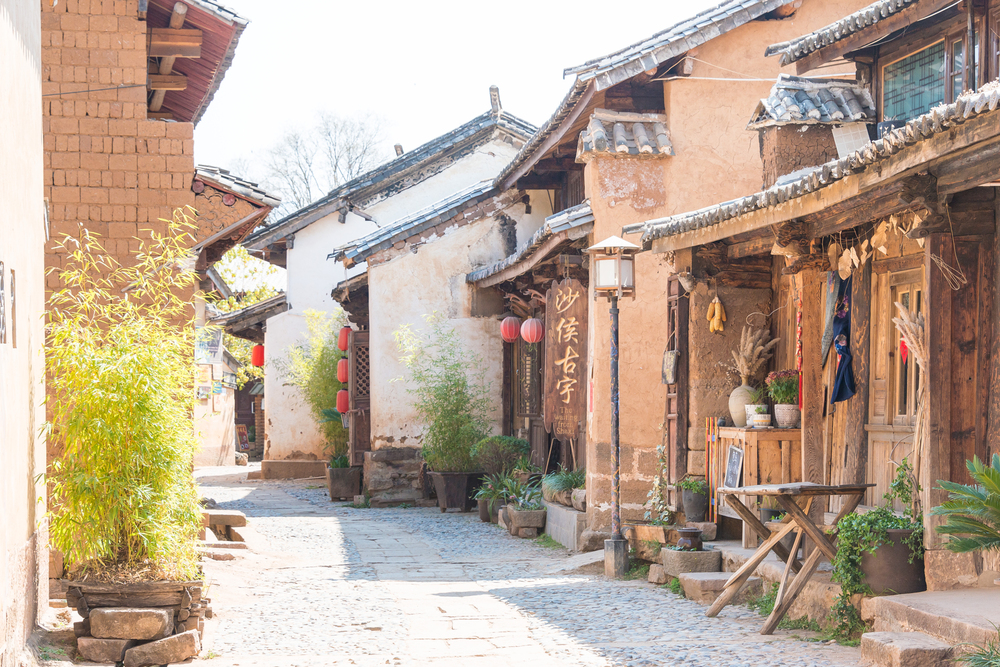
Tucked away in Yunnan Province, this former tea horse road trading post preserves traditions from multiple cultures. The Friday Market continues as it has for over a thousand years, with Yi, Bai, and Hui ethnic minorities gathering to trade goods and perform traditional bartering rituals.
Local silversmiths create distinctive jewelry using techniques introduced by Tibetan traders centuries ago, while tea ceremonies follow protocols established during the Ming Dynasty.
Legacy Across Centuries

These towns represent more than just living museums—they offer lessons in sustainability and cultural resilience in a rapidly changing world. Their traditions have endured precisely because they evolved from deep connections to local environments and social structures that stood the test of time.
As modern challenges like climate change and cultural homogenization grow, these communities demonstrate how ancient wisdom might help navigate contemporary problems while maintaining distinct cultural identities.
More from Travel Pug

- Cities Growing so Fast You Won’t Recognize Them in 10 Years
- 13 Destinations Where Tourists Regularly Regret Their Trip
- 20 Obscure WWII Sites Even History Buffs Don’t Know About
- 10 Under-the-Radar Mountain Towns That Are Both Affordable and Beautiful
- 20 Abandoned Places That Feel Like Real-Life Post-Apocalyptic Movie Sets
Like Travel Pug’s content? Follow us on MSN.
